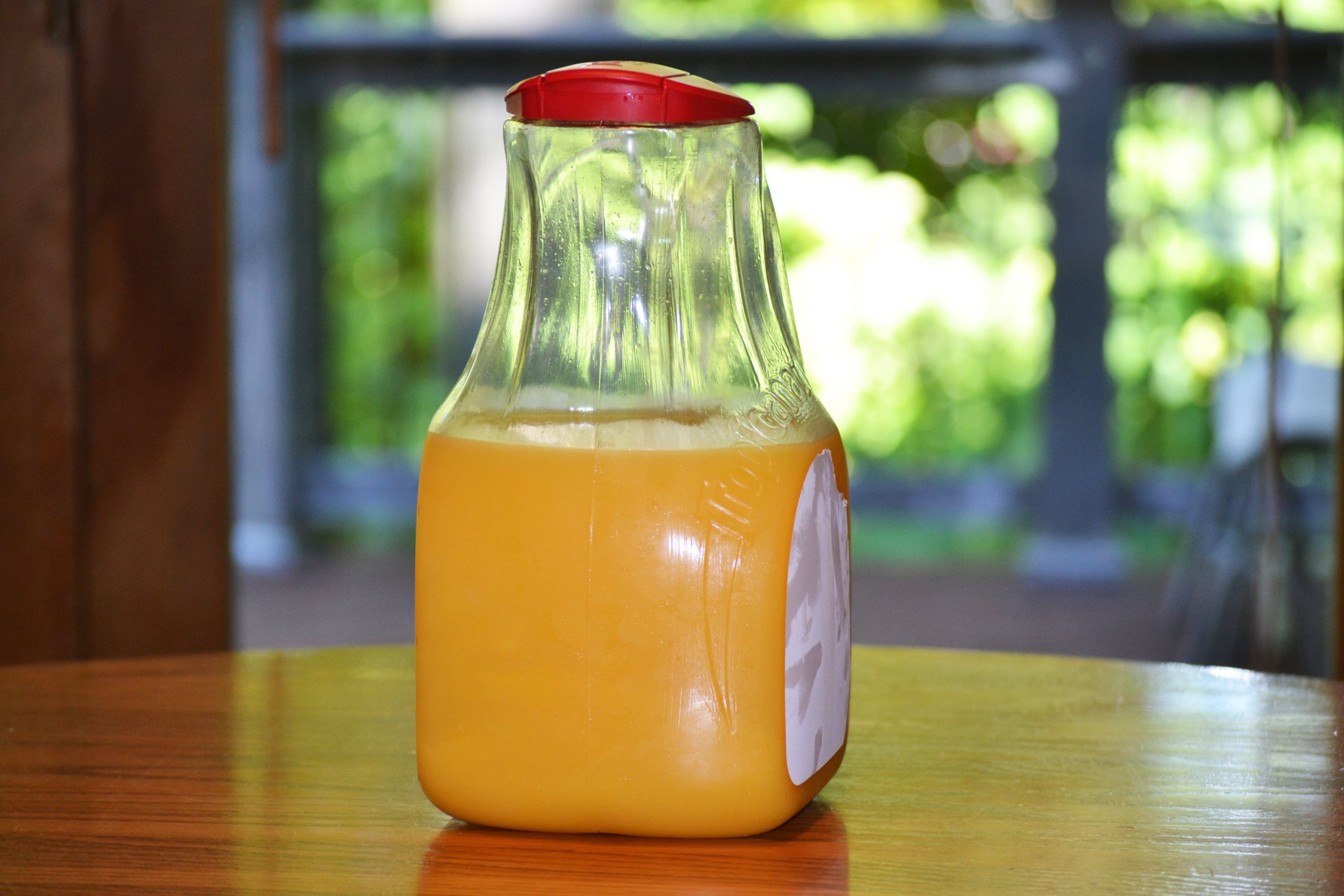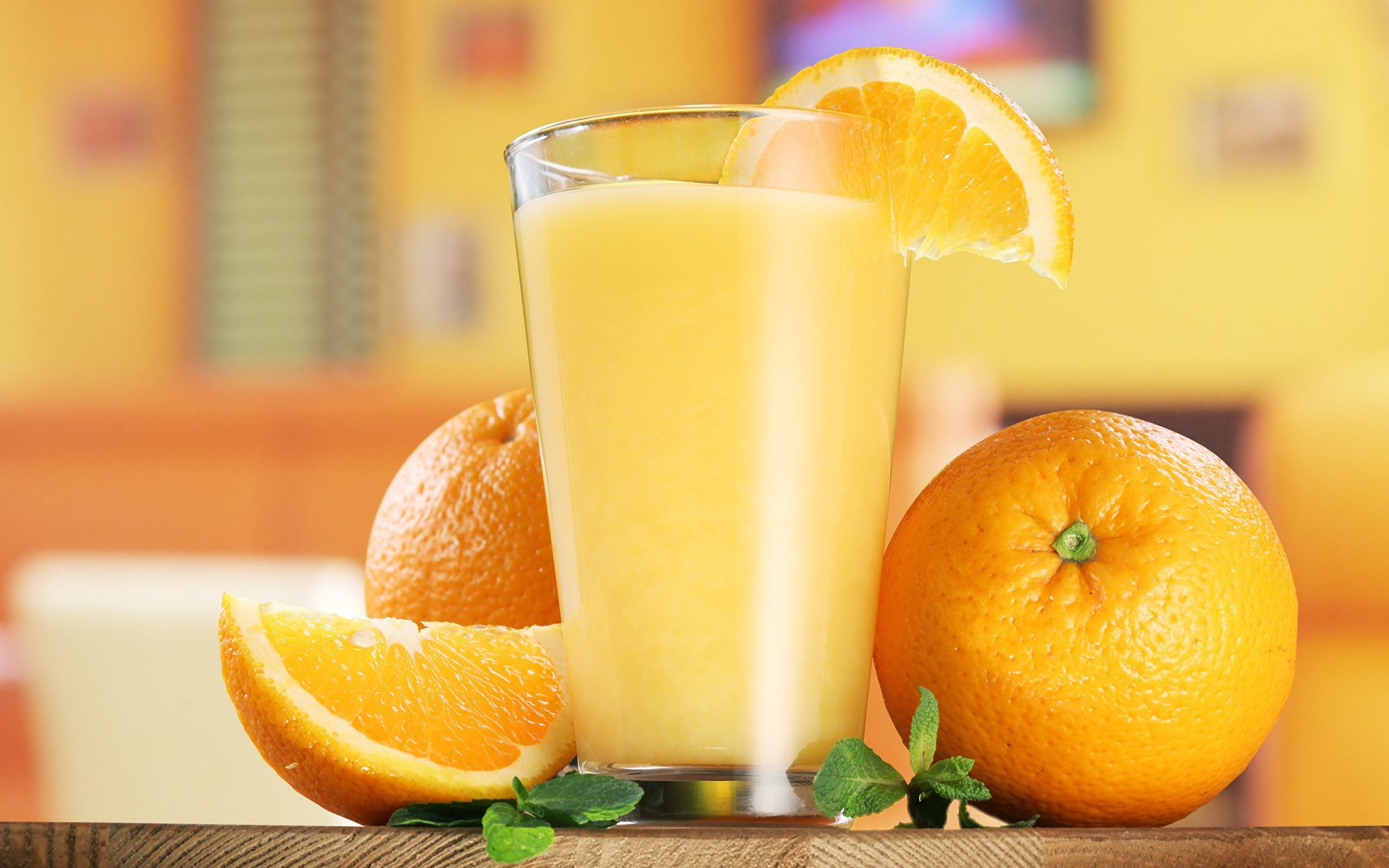Florida’s citrus production is a nearly 4 billion dollar industry according to a study published by the University of Florida in 2000, you can find more info about that here as well. Orange juice processing is a seasonal operation as one might guess. With the onset of spring, the air is filled with the pleasant scent of orange blossoms from the 87 million or so trees spread from central to southern Florida. Oranges are ready for cultivation in late summer with the sweetest harvested in the fall after cooler weather moves in. The best of the oranges go to the grocery stores, and the rest go to juice processors.

I did a short stint with one of the local orange juice processors a year ago, working as a supervisor over 30 fruit graders. “Graders” would seem to imply there are different grades of fruit, but in the juice industry, there are only two grades: good and bad. Grading takes place twice before the oranges are processed. The plant processed some 200 tons of oranges a day during a 24/7 operation. There are about 12,000 oranges in a ton, so the operation processed about 2,400,000 oranges a day.
With over two million oranges to inspect, things move quickly. The first inspection process has graders removing small branches, twig, and stems from the oranges as well as picking out bad or rotted oranges. At the speed in which the oranges are going by the four graders at each table, about 560 oranges a minute, much is missed. The “graded” oranges are taken by conveyor to storage bins. Along the way, a mechanical sampler selects a few for the Florida Department of Agriculture to check. When I say selects a few, it is about one out of a thousand. Once the FDA finds the lot acceptable, and I never saw one rejected, the oranges are sent via conveyor to the processing plant.

At the front end of the processing plant is the final grading line before the oranges are turned into a slurry of juice and pulp. This is the final opportunity to remove any bad oranges. There are always a few bad oranges that get through, and bad oranges are not all that there is to be found at the grading stations. There is the occasional rat carcass to be extracted, but the worst item I heard of was the possum head! What became of the rest of the unlucky possum’s body is unknown.
After processing, a sample of the orange slurry is sent to a lab where inspectors examine it for fly larvae. These little critters are only 3mm long on average and often well camouflaged within the pulp of the orange juice. Disgusting? Not really. All processed foods contain some amount of foreign objects such as insects or their larvae. As for orange juice, the more pulp in the juice, the more likely you are to find a little extra protein. So should you go for the “No Pulp” O.J.? I think not. The pulp is good for your digestive system, and the occasional larvae are harmless.